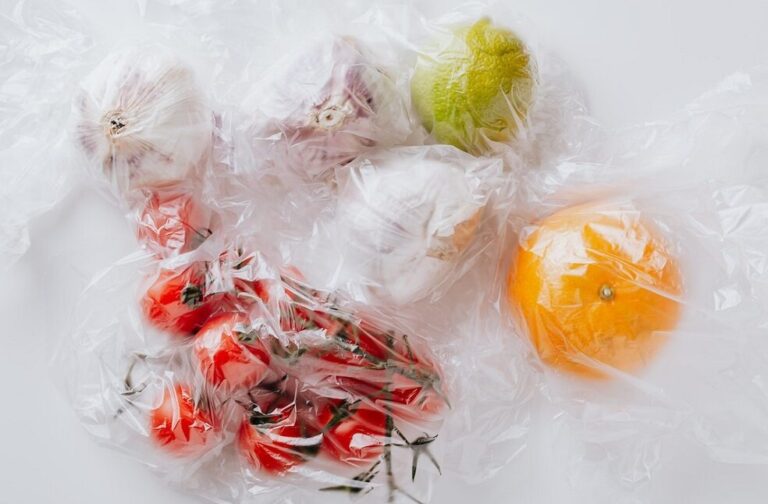Switzerland: In a research study, it has been discovered that recycled and reused food contact plastics serve as carriers for a multitude of hazardous toxins. These plastics accumulate and release dangerous substances such as styrene, benzene, bisphenol, heavy metals, formaldehyde, and phthalates. The study, which analyzed numerous scientific publications on plastic and recycled plastic, aimed to provide a comprehensive review of food contact chemicals in items like food packaging, utensils, plates, and more, shedding light on how these substances contaminate food.
This research comes at a time when the global plastic waste crisis is under scrutiny, with the petrochemical industry, certain governments, and environmental groups advocating for improvements in plastic recyclability. While some types of plastic can be recycled, the majority cannot. The study highlights the risks associated with improving plastic recyclability, revealing the presence of 853 chemicals used in PET recycled plastic, many of which have only been identified in the past two years.

Among the most commonly detected chemicals in recycled plastic were antimony and acetaldehyde, while potent toxins like 2,4-DTBP, ethylene glycol, lead, terephthalic acid, bisphenol, and cyclic PET oligomers were also frequently found.
Furthermore, the composition of plastics remains somewhat of a mystery. The United States lacks significant regulations regarding the materials used in plastics, and the European Union only mandates light testing to determine chemical content. The data suggests that chemicals are either added or created during the recycling process. While 461 types of volatile organic compounds (VOCs) were detected in virgin plastic, the number rose to 573 in recycled material. It is challenging to pinpoint the exact cause of this increase, but potential factors include the addition of chemicals during recycling, the introduction of contaminants from the recycling stream, chemical reactions within the plastic, or the absorption of additional substances during the plastic’s initial use.
The study also shed light on widespread “illicit” recycling practices, where the industry uses non-food grade plastic, containing flame retardants and other toxic compounds, in recycled food packaging. Despite regulations specifying which types of plastic are suitable for food contact, studies have identified recycled electronics being used in food packaging in the United States, South Korea, and European markets. Similar issues were identified with reusable plastic items used for food contacts, such as kitchen utensils, water bottles, tableware, baby bottles, water dispensers, and tubing in milking machines.

Chemical changes and contamination occur in reused plastic materials due to absorption from previous food usage or exposure to cleaning agents. Heating or using plastic in unintended ways can also contribute to chemical alterations and contamination.
To protect themselves, consumers are advised to minimize their use of plastic, bring non-plastic containers for takeout meals, and transfer food products from plastic packaging to safer alternatives. However, the ultimate solution lies in the elimination of plastic and the widespread adoption of safer materials, as suggested by the authors of the study.
The findings of this research call for urgent action to address the risks associated with recycled food contact plastics and emphasize the critical need for sustainable alternatives to plastic in our society.



